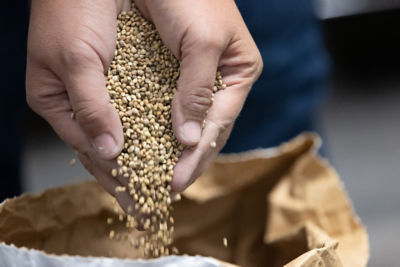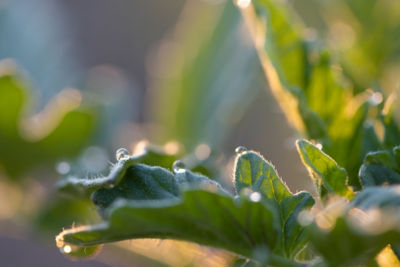Description
Pepper and Eggplant Aphids can be found around the world in varying climates. These pests can cause damage to both the plant and the fruit. Aphids are small, pear-shaped, gregarious insects. They can lay eggs and, in warm climates, produce live offspring without mating. Aphids can travel from leaf to leaf and plant to plant as wingless nymphs and as winged or wingless adults. They can also travel for miles when carried by wind. Aphids usually invade fields as winged adults. Once established, aphids can be found on the growing points and on the underside of newer leaves.
Aphids can cause significant damage to peppers and eggplant, causing spotting and chlorosis of leaves, leaf curling and distortion and abscission of flowers. The fungi that cause sooty mold can grow on the sugary honeydew excreted by aphids, reducing fruit quality. The potato aphid, Macrosiphum euphorbiae, and the green peach aphid, Myzus persicae, are two common pepper and eggplant pests.
The number and diversity of viruses vectored by aphids far exceed those moved around by other vectors. Aphids transmit viruses in both a persistent and nonpersistent manner. There is no documented evidence to suggest the viruses are carried to the next generation via eggs. The viruses carried passively by aphids to peppers and eggplant can be picked up and transmitted within seconds and include Cucumber mosaic virus, Tobacco etch virus and Alfalfa mosaic virus. Viruses persistently transmitted by aphids include Potato leaf roll virus and Beet western yellows virus, neither of which is a major problem in peppers or eggplant.
 Nymphs of the green peach aphid
Nymphs of the green peach aphid
 Aphids on eggplant
Aphids on eggplant



